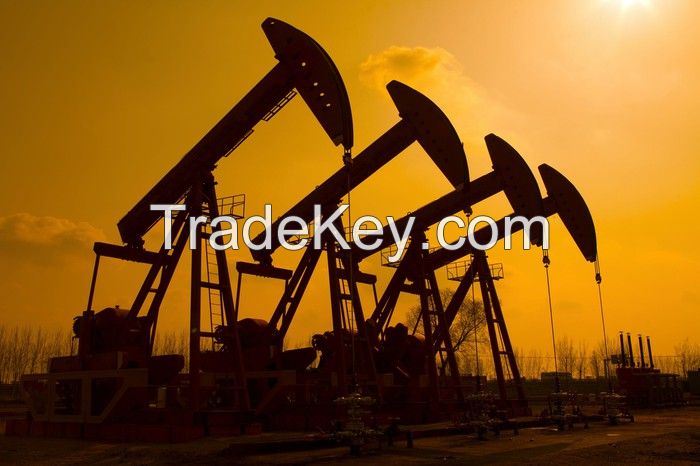Description
We are the direct mandate to a genuine refinery that are selling
Aviation Kerosene A1/ts1
Aviation Kerosene A1/ts1
Jet fuel is a type of aviation fuel designed for use in aircraft
powered by gas-turbine engines. It is clear to straw-colored in
appearance. The most commonly used fuels for commercial aviation
are Jet A and Jet A*1 which are produced to a standardized
international specification. The only other jet fuel commonly used
in civilian turbine-engine powered aviation is Jet B which is used
for its enhanced cold-weather performance. Jet fuel is a mixture of
a large number of different hydrocarbons. The range of their sizes
(molecular weights or carbon numbers) is restricted by the
requirements for the product, for example, the freezing point or
smoke point. Kerosene-type jet fuel (including Jet A and Jet A*1)
has a carbon number distribution between about 8 and *6 carbon
numbers (carbon atoms per molecule); wide-cut or naphtha-type jet
fuel (including Jet B), between about 5 and *5 carbon numbers.
We are the direct mandate to a genuine refinery that are selling
Aviation Kerosene A1/ts1
Aviation Kerosene A1/ts1
Jet fuel is a type of aviation fuel designed for use in aircraft
powered by gas-turbine engines. It is clear to straw-colored in
appearance. The most commonly used fuels for commercial aviation
are Jet A and Jet A*1 which are produced to a standardized
international specification. The only other jet fuel commonly used
in civilian turbine-engine powered aviation is Jet B which is used
for its enhanced cold-weather performance. Jet fuel is a mixture of
a large number of different hydrocarbons. The range of their sizes
(molecular weights or carbon numbers) is restricted by the
requirements for the product, for example, the freezing point or
smoke point. Kerosene-type jet fuel (including Jet A and Jet A*1)
has a carbon number distribution between about 8 and *6 carbon
numbers (carbon atoms per molecule); wide-cut or naphtha-type jet
fuel (including Jet B), between about 5 and *5 carbon numbers.
We are the direct mandate to a genuine refinery that are selling
Aviation Kerosene A1/ts1
Aviation Kerosene A1/ts1
Jet fuel is a type of aviation fuel designed for use in aircraft
powered by gas-turbine engines. It is clear to straw-colored in
appearance. The most commonly used fuels for commercial aviation
are Jet A and Jet A*1 which are produced to a standardized
international specification. The only other jet fuel commonly used
in civilian turbine-engine powered aviation is Jet B which is used
for its enhanced cold-weather performance. Jet fuel is a mixture of
a large number of different hydrocarbons. The range of their sizes
(molecular weights or carbon numbers) is restricted by the
requirements for the product, for example, the freezing point or
smoke point. Kerosene-type jet fuel (including Jet A and Jet A*1)
has a carbon number distribution between about 8 and *6 carbon
numbers (carbon atoms per molecule); wide-cut or naphtha-type jet
fuel (including Jet B), between about 5 and *5 carbon numbers.
We are the direct mandate to a genuine refinery that are selling
Aviation Kerosene A1/ts1
Aviation Kerosene A1/ts1
Jet fuel is a type of aviation fuel designed for use in aircraft
powered by gas-turbine engines. It is clear to straw-colored in
appearance. The most commonly used fuels for commercial aviation
are Jet A and Jet A*1 which are produced to a standardized
international specification. The only other jet fuel commonly used
in civilian turbine-engine powered aviation is Jet B which is used
for its enhanced cold-weather performance. Jet fuel is a mixture of
a large number of different hydrocarbons. The range of their sizes
(molecular weights or carbon numbers) is restricted by the
requirements for the product, for example, the freezing point or
smoke point. Kerosene-type jet fuel (including Jet A and Jet A*1)
has a carbon number distribution between about 8 and *6 carbon
numbers (carbon atoms per molecule); wide-cut or naphtha-type jet
fuel (including Jet B), between about 5 and *5 carbon numbers.
